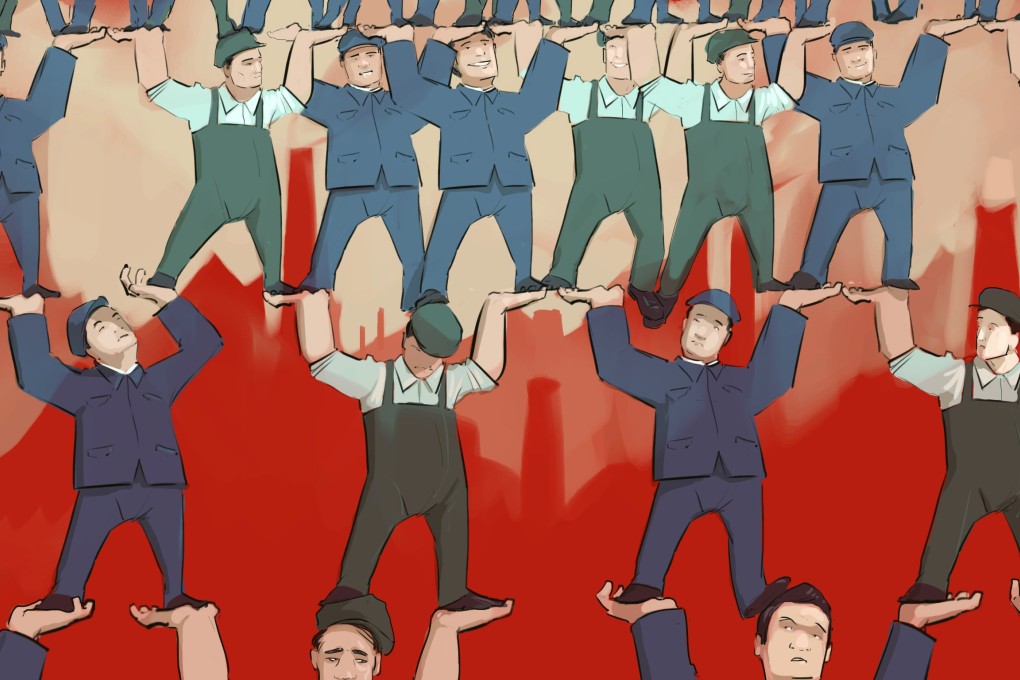Opinion | Worse than Japan: how China’s looming demographic crisis will doom its economic dream
- Yi Fuxian says a look at China’s ratio of working-age population to the elderly is ominously similar to Japan’s in the early 1990s, boding ill for the Chinese dream and the global economy as a whole

Meanwhile, Japan’s ageing index (those over 65 per 100 people aged under 15) increased to 76 per cent (2018 for China), and the proportion of people aged 15-39 fell to 35 per cent (2020 for China). Japan’s labour force began to decline in 1996 (2014 for China). Therefore, China's demographic structure is similar to that of Japan in 1992, and it may be experiencing an economic crisis similar to that of Japan in the 1990s.
Japan’s economic crisis was essentially a demographic crisis. The decline in young people in the labour force has led to a shortage in manufacturing: the workforce employed in industry decreased from 22.9 million in 1992 to 17 million in 2017, and the workforce is ageing, leading to a decline in production and innovation. As a result, Japan’s manufacturing exports as a share of the global total declined from 12.5 per cent in 1993 to 5.2 per cent in 2017, and the number of Japanese firms ranked in the Fortune Global 500 fell from 149 in 1994 to 52 in 2018.
